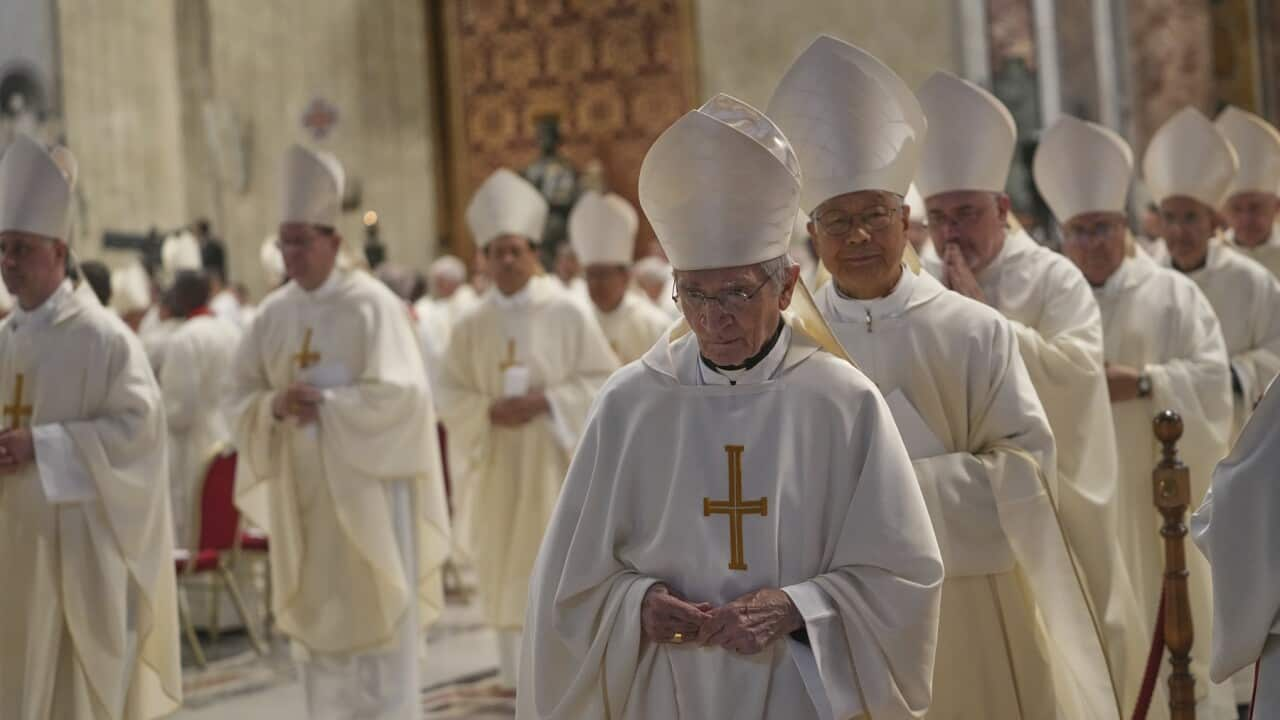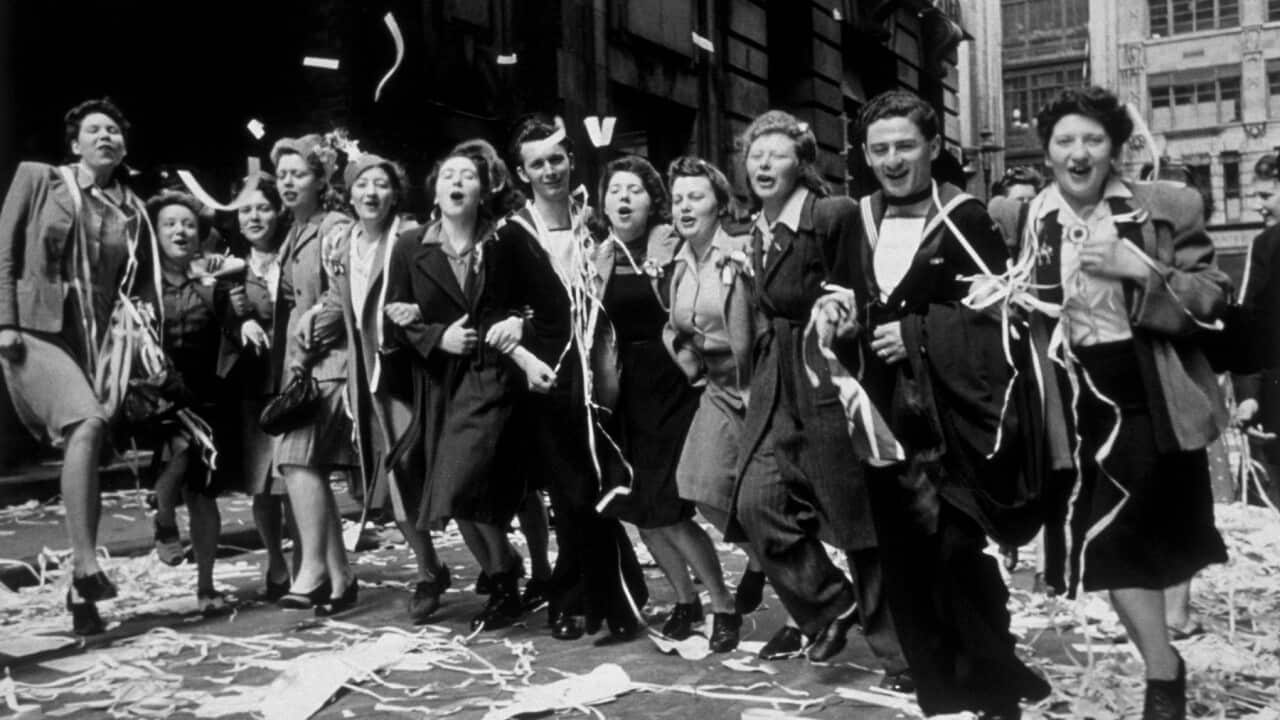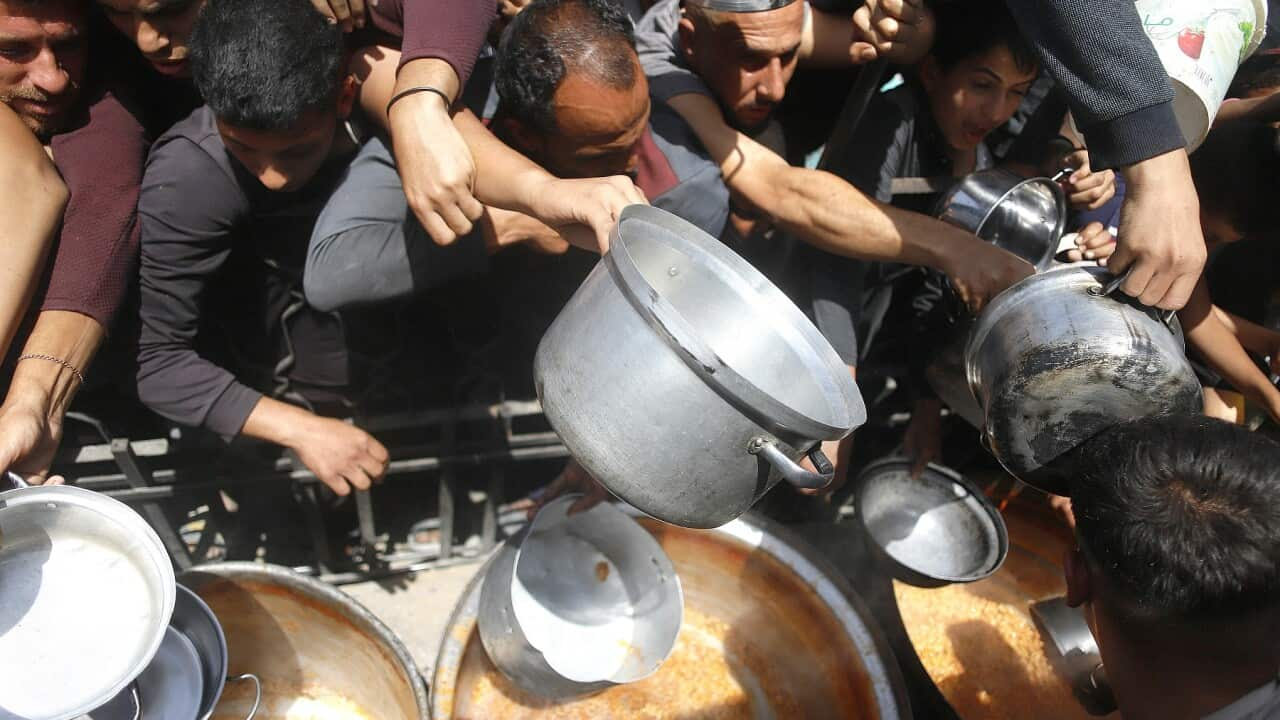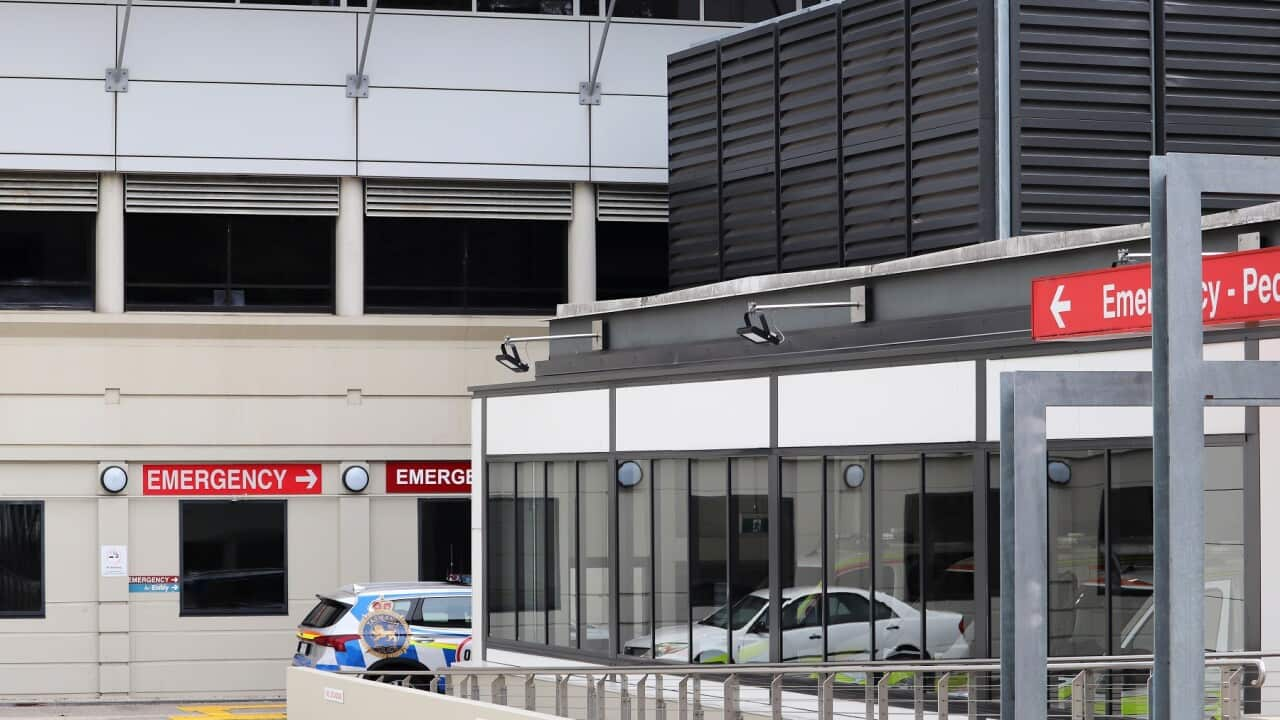TRANSCRIPT
Following the death of Pope Francis, the Vatican is preparing for its centuries-old tradition at the Sistine Chapel on May 7 - the Conclave.
It will mark the beginning of the voting process by cardinals from around the world for a successor to Pope Francis, which could take days.
Dr Joel Hodge is a Senior Lecturer at the Faculty of Theology and Philosophy at the Australian Catholic University.
"The cardinal electors will be the ones that are legitimately are members of that conclave. At the moment in the general congregations, any cardinal can attend and participate and give inputs but only those under 80 are able to elect the next Pope and participate in the conclave itself."
So, what does this mean?
Over its 2,000-year history, spanning three millennia, the Catholic Church has had 266 popes.
When a pope dies, cardinals arrive at the Vatican to elect a replacement in a process called the conclave.
The Associated Press Vatican correspondent Trisha Thomas explains.
"The Vatican is holding an oath-taking ceremony this afternoon for those people who will be working inside the Conclave bubble helping the 133 cardinals who will be electing the next Pope. These people include special technicians who if needed can come in and help the cardinals make sure they get the right chemicals so we either see a black smoke if no pope is elected, or a white smoke if a new pope has been chosen."
She says the process will also include drivers of the vans that will shuttle the cardinals back and forth between the Santa Marta residence where they are staying and the Sistine Chapel.
It includes elevator operators, nurses and doctors who are part of the team to help the cardinals if they have any medical issues.
There will be confessors. Then there will be the whole team over at the Santa Marta residence including the cooks, the serving people and the cleaning people.
Ms Thomas says a lot of people will be helping out the Cardinals in and around the Conclave and they will also have to stay inside the Vatican, inside the Santa Marta residence and around there to make sure they are on standby, 24 hours a day.
The famous Sistine Chapel, decorated with Michelangelo's art is sealed off during the conclave to ensure total secrecy.
"Now they have to swear to total secrecy, and they are not allowed to use any audio or video devices or they will be automatically excommunicated. This is a pretty big punishment for those people who want to be involved in this Conclave event. The Cardinals themselves will be taking a very similar oath when they enter into the Sistine Chapel for the voting."
So - how will they vote?
Cardinals will write their nominated names on white slips, which are counted by officials.
"They can only have a number of times they can vote each day, the first day they vote once, next day they will vote four times and the next day after that four times so it's kind of in that pattern that they will vote and if they can't get an election after three days, then they can have a day of prayer and of dialogue."
And after each round of voting, the ballots are burned in a custom stove.
If no Pope is elected, black smoke rises from the chapel chimney. This is a sign to the outside world that the voting is still going on.
On the other hand, white smoke signals a new Pope has been elected, marking an end to the process.
Dr Hodge says Pope Francis had made an effort to globalise the representation of cardinal electors."Pope Francis increased the representative from countries that never had cardinals before for example from East Timor, in our own region - it has its first cardinal. For the first time we'll be participating in a papal conclave. So representation from Asia and Africa has proportionately increased amongst the cardinal electors and the European representation over the last 50-70 years has gradually been declining - it's still significant."
Ukrainian-born Cardinal Mykola Bychock is Australia's highest-ranking Catholic.
The 45-year-old Melbourne-based Cardinal was chosen by Pope Francis.
Dr Hodge says that it was a way for Pope Francis possibly to have signaled some support for Ukraine, but without having chosen a bishop within Ukraine itself.
He says Australians are looking forward to an outcome.
"Amongst Australians in general, there is a lot of anticipation obviously, the leader of the church, the spiritual leader, the canonical leader, the one who governs the church, that is always really important for Catholics, it's an iconic role in that it helps to set the tone of the church in such important ways."
He says the process is much more than simply a church event - it has worldwide implications:
"In the past, papal elections have been and continue to be very political and influential particularly in Europe. So the monarchies of Europe and other political interest have had tried to get their candidates often times elected or people from their countries, or from their families often times too - aristocratic families tried to get their candidates selected. So this conclave is to ensure that there isn't that outside influence."
Cardinal Tarcisius Isao Kikuchi told reporters says everyone involved is part of a shared journey, which he calls sinodality.
"What we are talking about isn't only about how the church should be. What we have been doing with sinodality, sinodality is a must right now, so everybody is taking that way, so there is no space for the politics right now."
Outside the St Peter's Basilica Cardinal William Goh Seng Chye was stopped by reporters.
JOURNALIST: "How is the preparation going for the conclave?"
GOH SENG CHYE: "As the Holy Spirit leads us."
JOURNALIST: "Will it be positive? Will it be quick?"
GOH SENG CHYE: "We don't know, we need to listen to the Holy Spirit."
JOURNALIST: "He didn't say anything just yet.”
GOH SENG CHYE: "He's saying many things, but we need to listen. Thank you."
There are a few cardinals seen as front-runners to succeed Pope Francis -- two often mentioned are Italian Cardinal Pietro Parolin and Filipino Cardinal Luis Antonio Tagle.
But many of the clerics who will vote have not made up their minds.
Dr Hodge is also predicting Cardinal Tagle from the Philippines is seen as someone who would carry on, in some way, Pope Francis's vision and energy and charismatic style.
He says other cardinals like Cardinal Turkson from Africa and Cardinal Ebola who's Italian, but based in Jerusalem are also great candidates, amongst others.
Sister Mary Barron, the president of the umbrella group of leaders of women's religious orders, urged the superiors and the thousands of nuns around the world who are involved in a myriad of ministries to pray that the cardinals make the right choice and ponder how to carry forward Pope Francis' vision.
"I think right now in the church and the world, there are so many opportunities for consecrated life to make a difference. Our theme here is 'Consecrated life, a hope that transforms. And I think Pope Francis called all of us religious men and women, to fully live our vocation. Because if we live that fully, if we live the joy of being called to witness to God's love in the world, then we can offer hope in very difficult circumstances, which our world is living right now."













